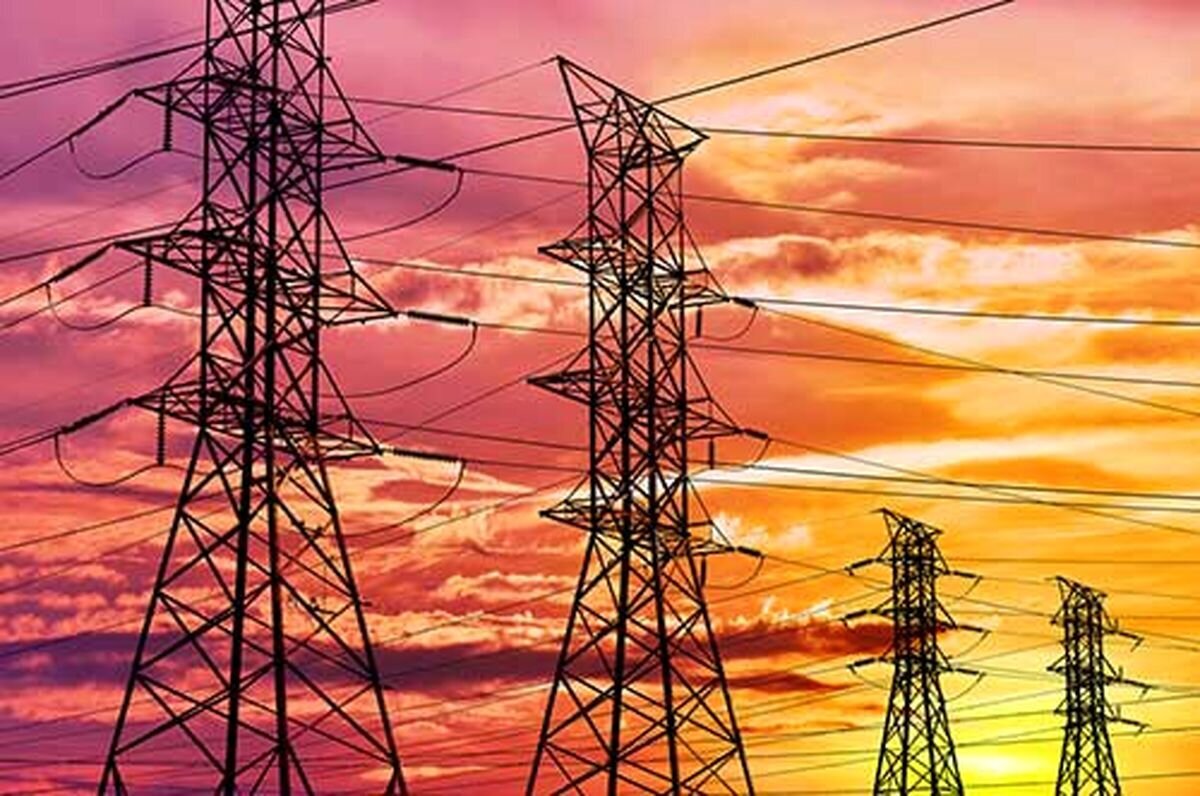Electricity consumption in Iran hits new record high

TEHRAN - Peak electricity consumption in Iran exceeded 76,000 megawatts (MW) on Saturday as a new heat wave hit the country, Head of Iran's Power Generation, Distribution, and Transmission Company (known as Tavanir) Mostafa Rajabi Mashhadi said.
According to the official, electricity consumption in the country reached 76,768 MW on the mentioned day, while the consumption stood at 71,486 MW on the same day last year, IRNA reported.
The simultaneity of the increase in temperature in the south and north of the country has caused a sharp increase in electricity consumption and the country is spending its hottest days.
In order to meet the electricity demand in the peak summer period, the Iranian Energy Ministry has put several programs on its agenda among which increasing electricity production and managing consumption are the major ones.
The ministry is going to implement a comprehensive program during the summer, based on which low-consuming households are going to be rewarded while the subscribers whose consumption exceeds the normal level will face a penalty.
Over the past decade, constant temperature rises and the significant decrease in rainfalls across Iran have put the country in a hard situation regarding electricity supply during peak consumption periods.
Iran's Power Generation, Distribution, and Transmission Company (known as Tavanir) has repeatedly announced that the company is implementing a variety of programs for managing the situation and preventing blackouts in the country.
Earlier this month, an official said that Renewable power plants with a total capacity of 13,000 megawatts are under construction in Iran, including a 780-megawatt plant being built in the southeastern Sistan and Balouchestan province.
Alireza Parandeh Motlaq, the deputy head of the Renewable Energy and Energy Efficiency Organization of Iran (SATBA) for technical and engineering affairs, stated that Sistan and Balouchestan is one of the richest provinces in the country in the field of renewable energies and enjoys high capabilities in different sectors including wind energy and geothermal energy.
Currently, there is a 60-megawatt renewable power plant installed in Sistan and Balouchestan province, including a 10-megawatt unit that had been installed in Zahedan region and a 50-megawatt unit constructed in the northern part of the province in recent years.
Parandeh Motlaq pointed to the high advantages of the generation of wind energy in Mil Nader region, the northern part of Sistan and Balouchestan, where a 50-megawatt wind power plant has been installed and is generating 210,000 megawatts/hour of electricity.
He went on to say that the wind energy generated in Sistan and Balouchestan province not only can meet the electricity demand of this southern province, but also there is the possibility of exporting the electricity to neighboring Afghanistan.
EF/
Leave a Comment